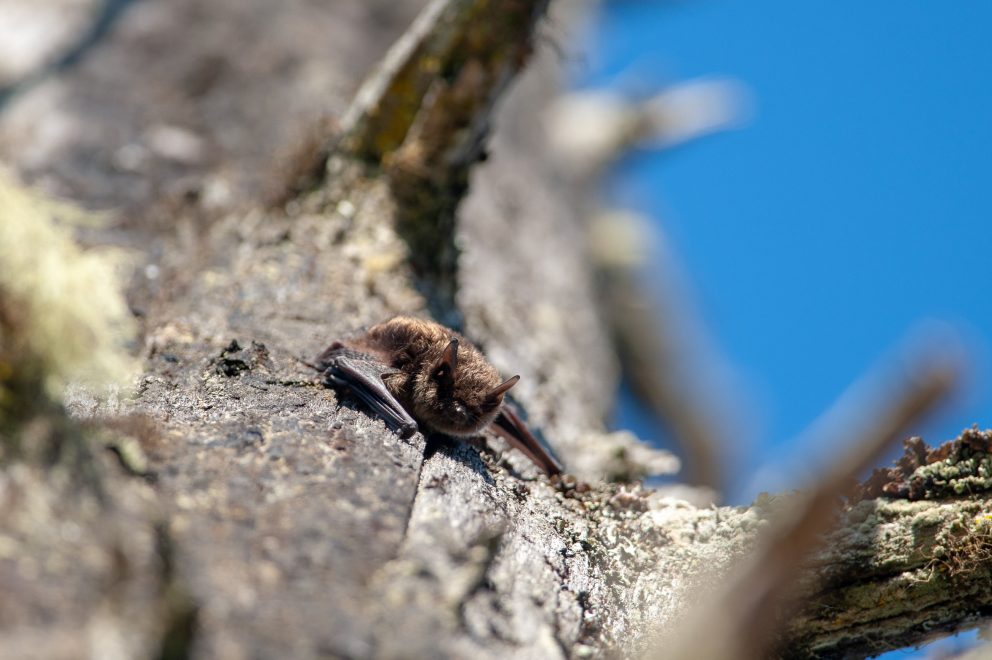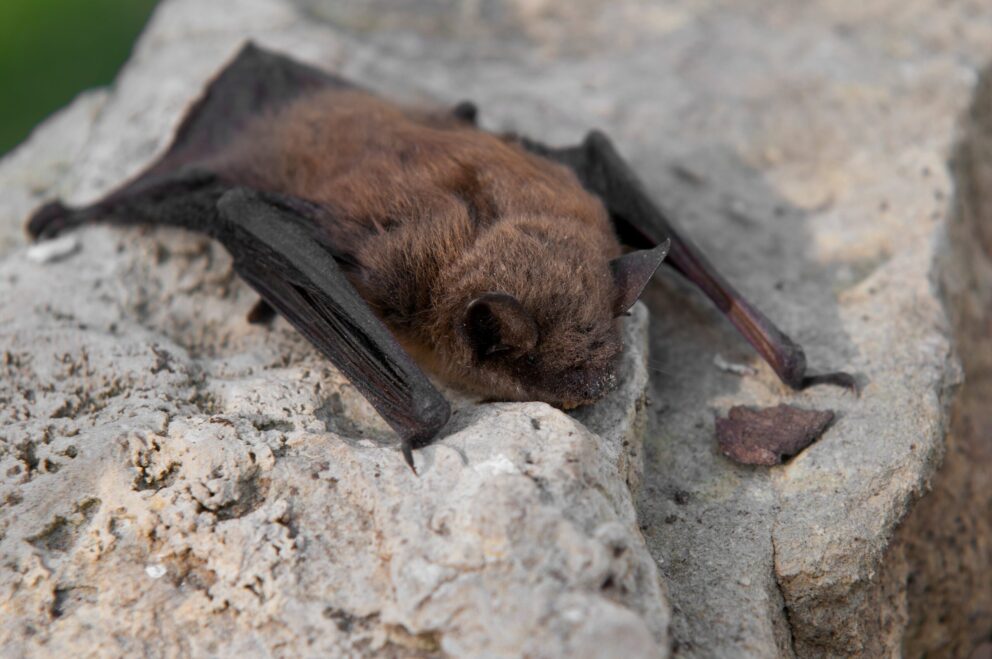- SCIENTIFIC NAME
- Myotis lucifugus
- CLASSIFICATION
- Mammal
- LIFE SPAN
- 6-7 Years
- SIZE
- 2.5-4” | 0.016-0.021lbs
- STATE CONSERVATION STATUS
-
- Priority Species
- State Protected
- FEDERAL CONSERVATION STATUS
- Not Evaluated
- GAME STATUS
- Non-Game
- GAME TYPE
- None
- Washoe
- Humboldt
- Pershing
- Churchill
- Mineral
- Lyon
- Douglas
- Carson City
- Storey
- Elko
- Lander
- Eureka
- White Pine
- Esmeralda
- Nye
- Lincoln
- Clark
Habitat & Range
Little Brown Bats love to roost in buildings, caves, trees, rocks, and wood piles. They will also migrate hundreds of miles to move from their summer habitats to their winter or hibernacula roost sites.
- Caves
- Lakes and reservoirs
- Upland Forests
Threats
- Disease
Natural History
The Little Brown Bat ranges across northern Nevada and throughout the Great Basin. They have not been found in the Mojave Desert. They are well adapted to using human-made structures for resting and maternity sites, but will also use caves, trees and rock outcrops. They will hibernate in caves and mines as well. Although, in other populations in the US they are found in large numbers in their roosts, in Nevada they have not been found to gather in large groups. Little Brown Bats are movers and use different types of roosts for daytime, nighttime, hibernation, and for when females give birth. Night roosts are usually not near day roosts to help avoid predation. Hibernation roosts are usually highly enclosed spaces like caves and mines. These bats are very vulnerable to distance traveling, especially during maternity season and hibernation.
Fun Facts














